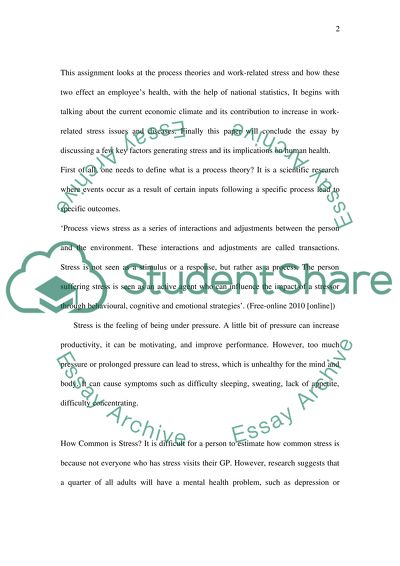Cite this document
(“The contribution made by organisational behaviour to the Essay”, n.d.)
Retrieved from https://studentshare.org/environmental-studies/1404702-the-contribution-made-by-organisational-behaviour
Retrieved from https://studentshare.org/environmental-studies/1404702-the-contribution-made-by-organisational-behaviour
(The Contribution Made by Organisational Behaviour to the Essay)
https://studentshare.org/environmental-studies/1404702-the-contribution-made-by-organisational-behaviour.
https://studentshare.org/environmental-studies/1404702-the-contribution-made-by-organisational-behaviour.
“The Contribution Made by Organisational Behaviour to the Essay”, n.d. https://studentshare.org/environmental-studies/1404702-the-contribution-made-by-organisational-behaviour.


